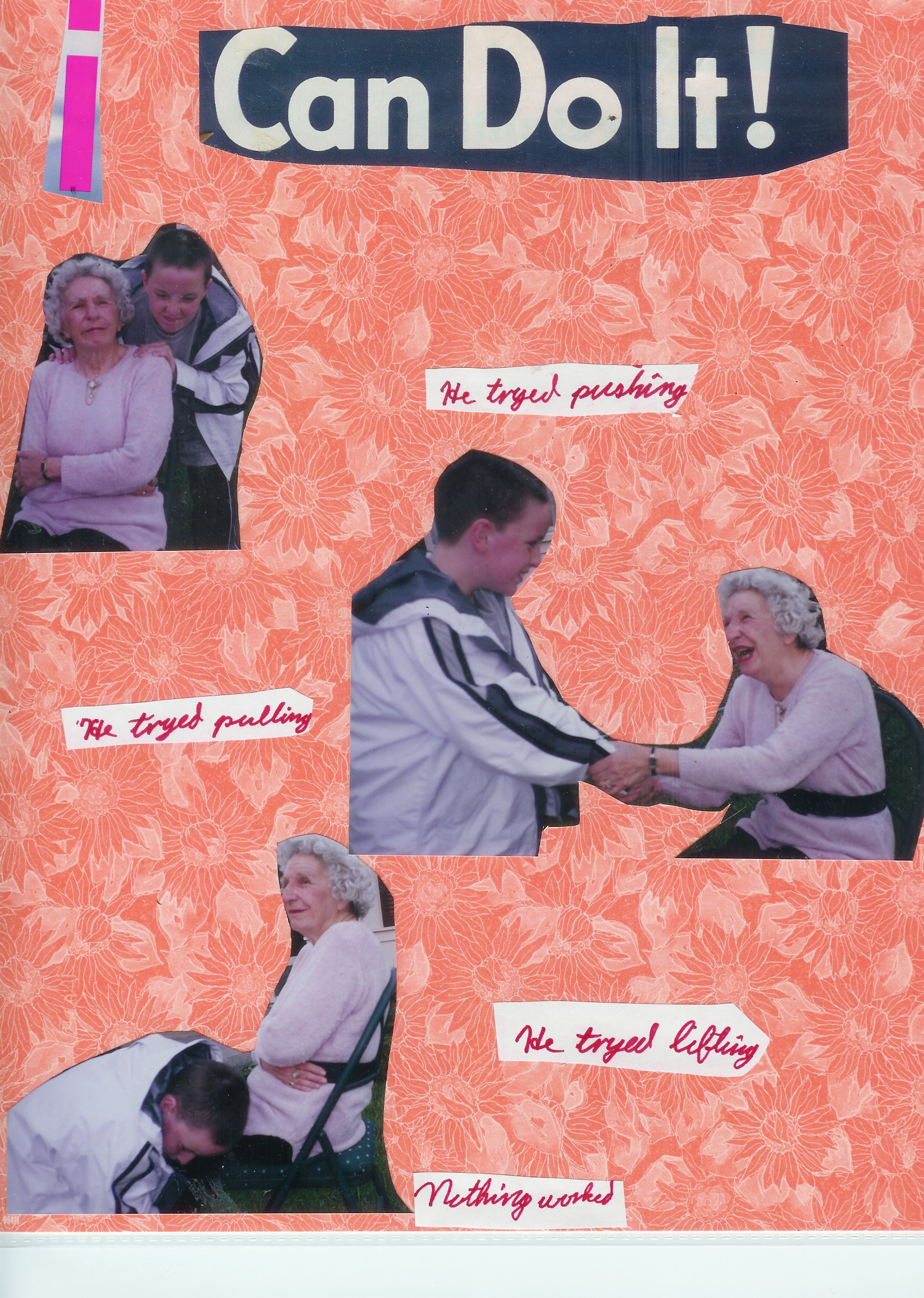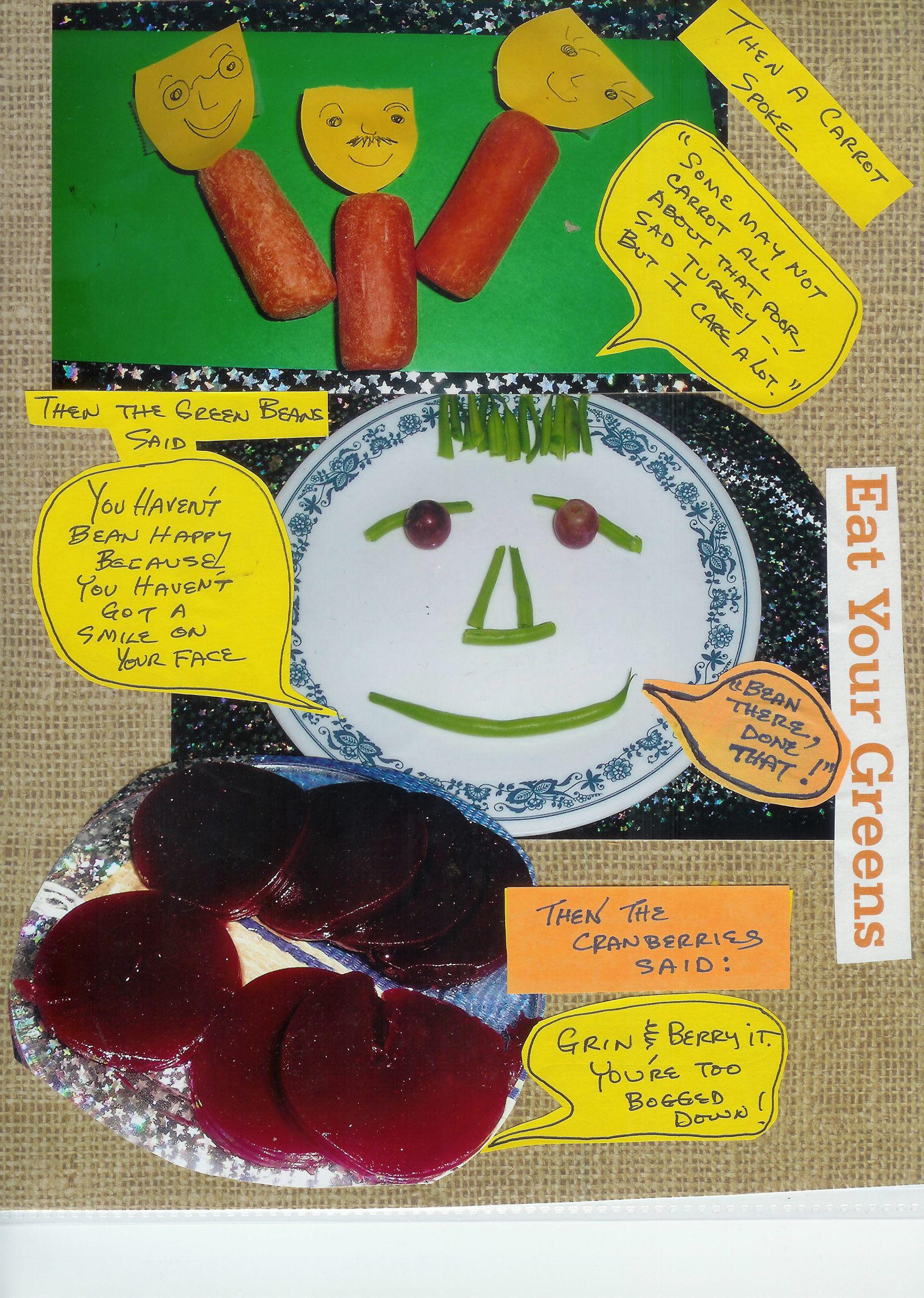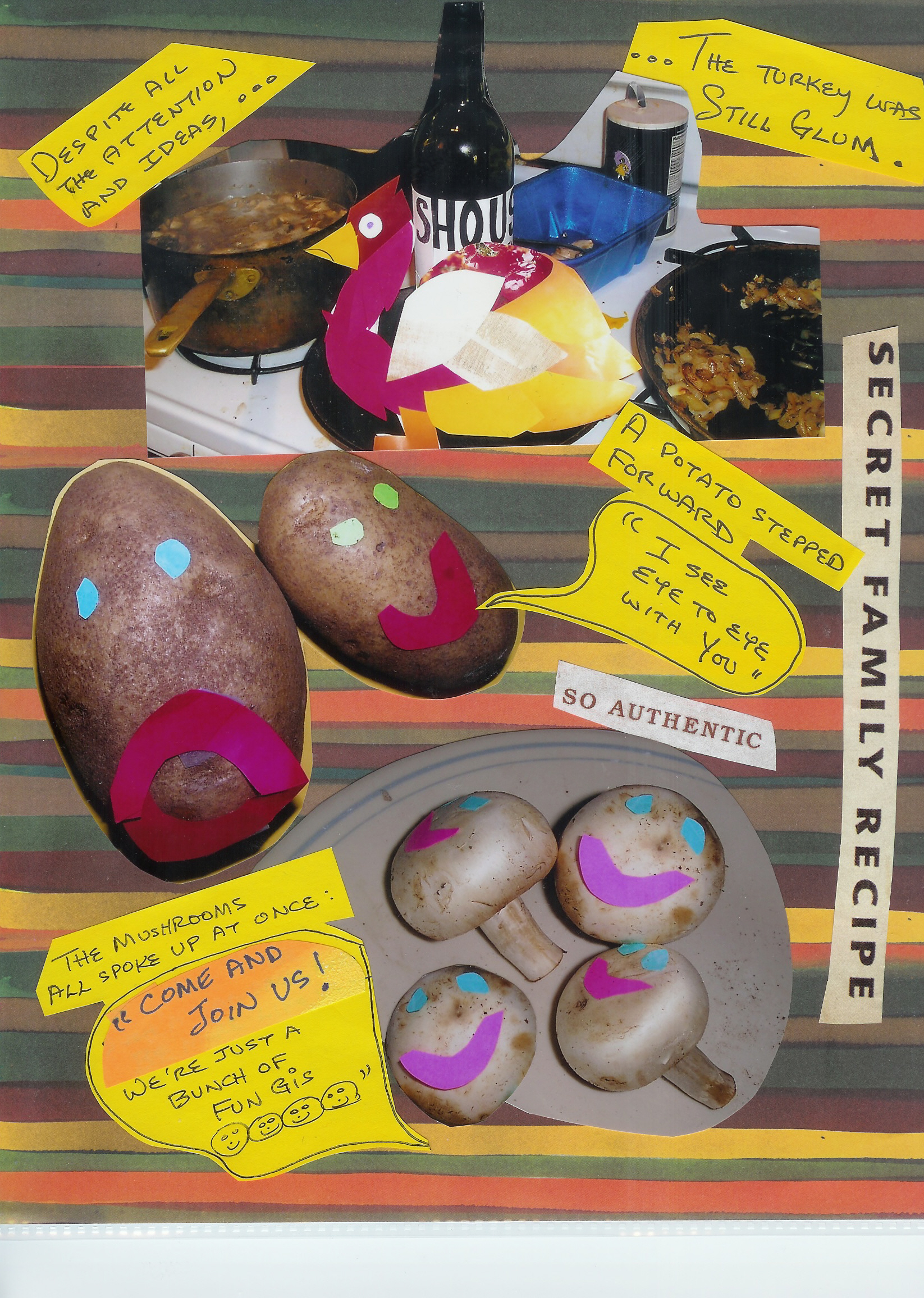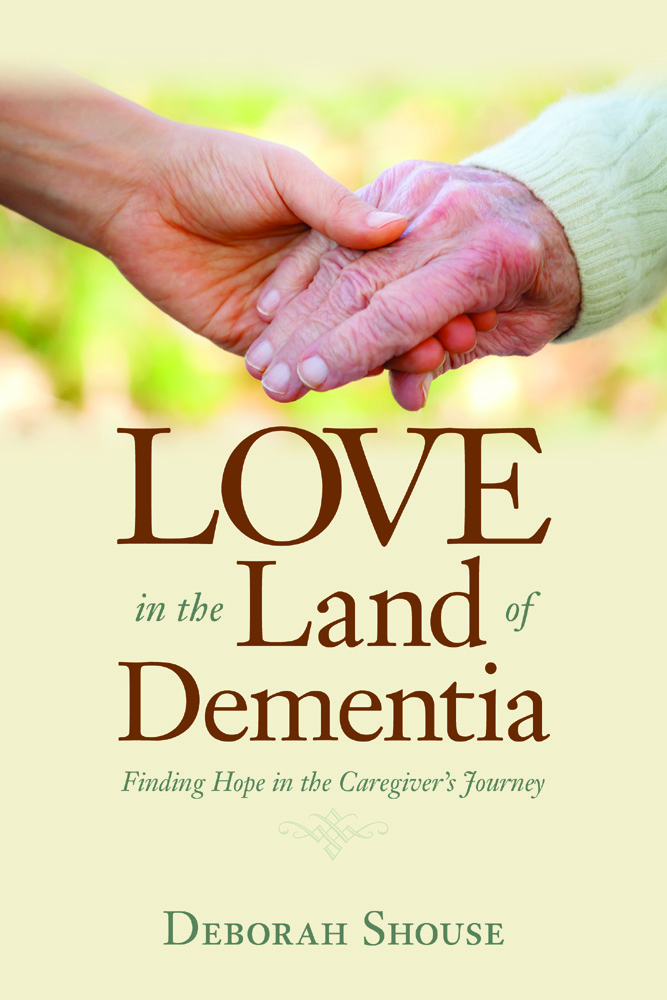Posts Tagged ‘stories’
Sharing Your Caregiver’s Story
My mother’s Alzheimer’s drove me to write. My writing inspired me to speak. I have received enormous pleasure from connecting with people all over the world, sharing my stories from Connecting in the Land of Dementia and from Love in the Land of Dementia. Now, I’m offering you tips for sharing your caregiver’s story.
It All Started with Grief
When I initially realized the depth of my mother’s memory loss, I was shattered with grief.
Every day I went through this:
Visit with mom.
Drive home, wiping tears from my cheeks.
Stumble into the house, walk into a chair or table, and misplace my car keys.
Sit at the dining room table and stare numbly into space.
One day, during the “staring numbly” phase, my partner Ron said, “Are you writing down your feelings?” It was a smart and sensible thing to say; the sort of suggestion I might make to him in a crisis. I was, after all, a writer.
“I don’t feel like writing,” I said.
But his words stayed with me. The next day, I slightly altered my behavior.
Visit with mom.
Drive home, wiping tears from my cheeks
Stumble into the house, walk into a chair or table, and misplace my car keys
Sit at the dining room table and write numbly for 20 minutes
Pouring Emotions Out & Inviting Understanding In
I poured out my fears, anger, and grief. After doing this for a week,
I began noticing how interesting my visits with Mom were; we were explorers on a wild inner trek.
I started documenting our time together, sometimes even taking notes during my visits. I wrote about the challenges, humor and blessings. I wrote about my conversations with my father, with friends and family and with the aides, the nurses, the social workers. As I wrote, I saw there was much hope, promise and energy in my new world.
As I shared my work with friends and family, I realized I was chronicling my mom’s last years and capturing part of our family history.
Sharing Your Caregiver’s Story
How do you take a challenging part of your life and bring it to the page? Here are a few simple tips:
Pour Out Your Feelings
Give yourself time to feel your emotions, whether it’s through writing, art, music or other expressive arts. Writing down your feelings helps you understand the depth of what you’re going through. For me, writing helped change my fear into curiosity.
Notice the Details
Write down the particulars, noting simple concrete facts. You are a researcher collecting data.
Uncover the True Story
Look for the universal meaning in your specific experience. How have you changed? How will the reader change through reading your words?
Ask for Feedback
Read the story aloud to someone and see how it sounds. What’s working and what’s missing? Ask colleagues for a professional critique. Think over their advice and decide what is right for you.
Celebrate your Accomplishment
Sharing your caregiver’s story takes courage. Yet, for me, it is one of the most cathartic and meaningful things I do.
The HERO Project: Four Steps to Creating Scraps of Stories That Connect
One summer, my parents and my 10-year-old nephew Jake were visiting me and I wanted an activity we could all do together. Normally, Jake and Mom had a grand time together; but my mother, in her early stages of Alzheimer’s, wasn’t the grandmother Jake was used to. Jake knew his grandmother had something wrong with her but he didn’t know what to do about it. So I created a family project, a simple story scrapbook, complete with photos and a storyline, starring Jake and Nana and my father.
Since Jake was interested in strength and power, I created a tale where the strongest kid learns about something even more powerful than physical prowess – love. 
Designing a Project We Could All Participate In
This was a healing project for my family.
Jake and I worked on the storyline, then shared it with my parents. I took photos as they acted out the script. My mother was going through a stage of being very resistant and she had a good time acting out her frustration. My depressed father actually smiled and laughed during the photo shoot.
When I had developed the photos, we sat around the table and put the scrapbook together. Mom and Dad enjoyed leafing through magazines for extra sayings and words to spice up the pages. Most of all they enjoyed sitting around, focused on something other than the confusion of Mom’s Alzheimer’s.
We all loved the finished product. Our story scrapbook had a meaningful message and we shared the project with our friends and relatives. It was a way to let people know, “We’re still here and we’re still having fun, despite Mom’s diagnosis of dementia.” Reading this story inspired people to reach out to my parents and stay connected.
Chasing Away the Holiday Blues and Adding Creative Jazz to Our T-Day
We did other story scraps –some with our family as a group, others starring individuals. Each time we loved the process and the results. We called this work, The HERO Project, because we were inviting people to have fun and be seen as the heroes they really were.
 One Thanksgiving, when I was grieving because Mom could no longer help with the holiday meal, I created a HERO Project called, “The Little Kitchen that Could.” The story starred all of us and gave us a creative focus during that difficult holiday period. My parents smiled as we sat around the dining room table, preparing for our photo shoot by taping paper faces on my pots and pans and giving the unpeeled potatoes big grins. They smiled again as they stood in the kitchen and acted out “refusing to help with the dishes.” Later, they enjoyed sitting with us as we put together our story scrapbook.
One Thanksgiving, when I was grieving because Mom could no longer help with the holiday meal, I created a HERO Project called, “The Little Kitchen that Could.” The story starred all of us and gave us a creative focus during that difficult holiday period. My parents smiled as we sat around the dining room table, preparing for our photo shoot by taping paper faces on my pots and pans and giving the unpeeled potatoes big grins. They smiled again as they stood in the kitchen and acted out “refusing to help with the dishes.” Later, they enjoyed sitting with us as we put together our story scrapbook. 
Four Stunning Steps to the HERO Project
These projects are easy and fun and can involve as many people as possible.
- Write a simple story that has humor and meaning.
- Stage a photo shoot, taking pictures that illustrate your story. Fill in with old photos or magazine pictures.
- Create a collaging session, where everyone gathers to put together the script and pictures in a low-key scrapbook.
- Celebrate by sharing your book with everyone!
For more examples of HERO Projects, visit The HERO Project link at www.TheCreativityConnection.com/


